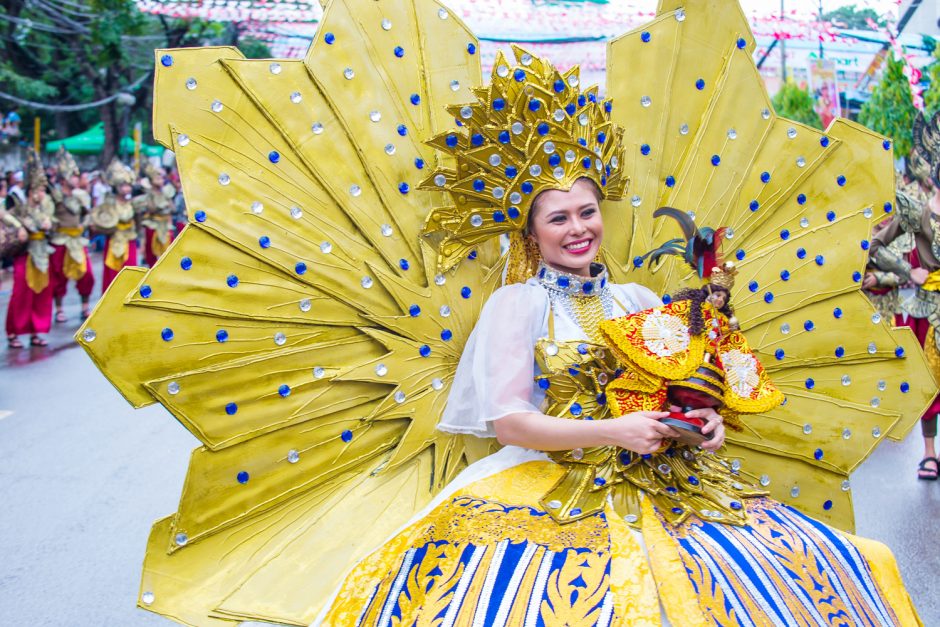Australia is a melting pot of cultures and people. The great thing about living in a country full of different ethnic groups is having their food and culture integrated into the zeitgeist. And one of the most noticeable areas of influence is culinary.
With the abolition of the White Australia Policy, immigrants from Asia started to flow into the country, and Australia started to transition from a country full of fish and chip shops to a mess of delicious dining venues from all over the world.
We thought we’d take this opportunity to have a look at a couple of migrant groups who help to make this country – and its palate – so great.
Filipino
Martial law in the Philippines, declared by former Philippine president Ferdinand Marcos in 1972, and the renunciation of the White Australia policy in 1966, made Australia an attractive destination for Filipino emigrants. Many Filipinos migrated to Australia from the 1970s onward as either migrant workers or the spouses of Australian citizens. Filipino migration peaked in the 1980s, and the last census (2016) records 301,015 Australians of Filipino descent.
Filipino cuisine has been slow to take off in Australia but it’s fast gaining a devoted following. A mix of south-east Asian flavours and Mexican/Spanish influences produce a whole heap of spicy, drool-inducing dishes like Adobo, Lechon (roasted pig) and Sisig.
Indonesian
Our neighbours to the north have had a big impact on Australian culture. Bali is one of the most visited places in the world by Australians, and the food, beer and an even furniture have made its way over. As Australia and Indonesia are so close geographically, it’s no surprise that there’s been regular migration between the two countries for Centuries
As early as 1750 seamen from the Indonesian island of Makassar had settled on Australia’s northern coast, spending about four months per year there collecting sea cucumbers and taking them back home to trade. By the late 19th century, the pear industry was recruiting workers from Kupang, while sugar plantations in Queensland were hiring labourers from Java. However, after the Federation of Australia and the enactment of the Immigration Restriction Act 1901 (White Australia Policy), most of these migrants returned to Indonesia.
Thousands of Indonesians fled the Japanese occupation of Indonesia during World War II, and some took refuge in Australia. 3,768 repatriated to Indonesia on Australian government-provided ships following the allied victory.
It wasn’t until the 1990s that large numbers of Indonesians began migrating to Australia. The political and economic turmoil in the aftermath of the May 1998 riots and the subsequent fall of Suharto was the main reason so many started to leave. In the 2011 Australian Census, 48,836 Australian residents stated their ancestry to be Indonesian and 63,160 stated they were Indonesian-born residents in Australia (but of another ethnic ancestry, mostly Chinese).
Indonesian food has strong Chinese influences, reflected in the spicy rice dish Nasi Goreng, but you can also try delicious curries like Beef Rendang or local favourites like Bakso. Oh and Satay, but that almost goes without saying!







You must be logged in to post a comment.